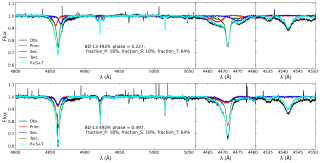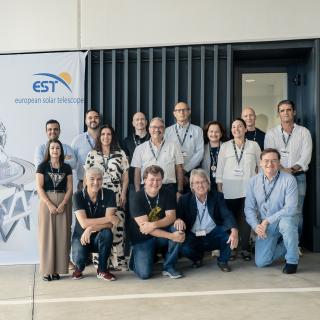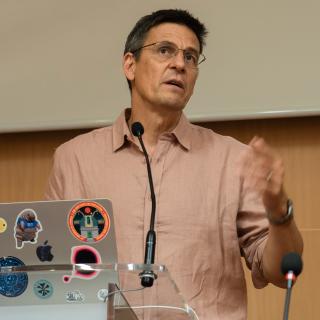
The European Solar Telescope (EST) project has taken a decisive step towards construction with the establishment of the Board of Governmental Representatives (BGR), marking the first formal commitment at the governmental level to this European flagship in solar research. Until now, EST has been driven by a scientific consortium of universities and research institutions across Europe. The creation of the BGR transforms EST into a collaboration among European nations, whose national governments lend political support to the project and to the creation of a future European Solar Telescope
Advertised on




